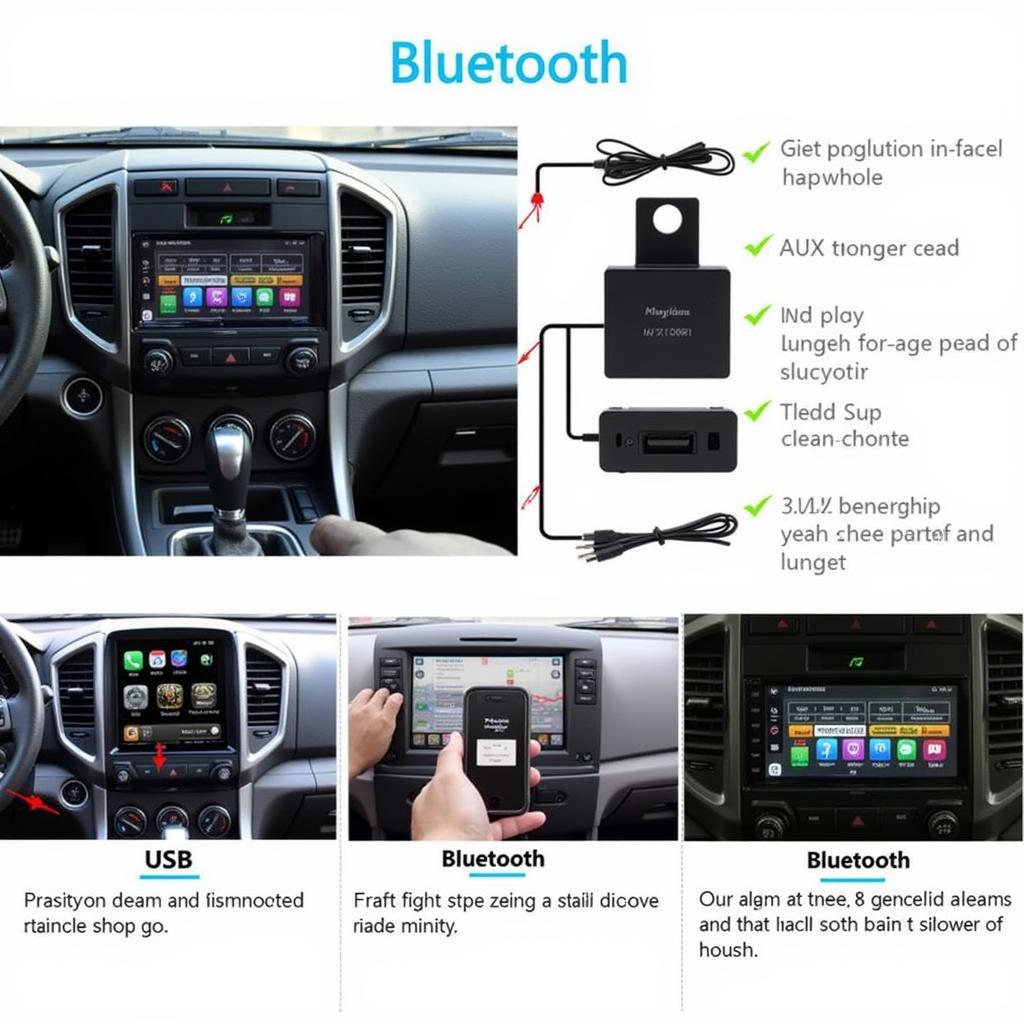In today’s world, vehicle security is paramount. With car theft on the rise, understanding how your vehicle’s anti-theft system works is crucial. While AVG itself doesn’t offer a specific anti-theft product for cars, the term often relates to the broader concept of vehicle security systems. This guide will delve into how these systems function, providing you with the knowledge to protect your car effectively.
Understanding the Basics: What Triggers Car Alarms?
Before we explore the intricacies of how anti-theft systems operate, let’s understand what sets them off. Modern cars come equipped with sophisticated sensors designed to detect unauthorized entry or tampering. Here are some common triggers:
- Door, Hood, and Trunk Sensors: These sensors detect when any of these access points are opened without disarming the system.
- Impact Sensors: Sensitive to shocks and vibrations, these sensors trigger the alarm if they detect a forceful impact, like someone trying to break a window.
- Motion Sensors: These sensors detect movement inside the car, such as someone attempting to steal valuables or hotwire the ignition.
- Tilt Sensors: Designed to protect against towing or lifting, these sensors activate the alarm if they detect a change in the car’s angle.
How Anti-Theft Systems Deter and Prevent Theft
Now that we know what triggers an alarm, let’s examine the mechanisms that actually deter and prevent theft:
1. Audible and Visual Deterrents:
- Alarms: The most recognizable deterrent, a loud, piercing alarm, scares off thieves and alerts the owner and bystanders.
- Flashing Lights: When the alarm is activated, the car’s headlights and taillights flash, drawing attention to the attempted theft.
2. Immobilization Systems:
- Engine Immobilizers: This system prevents the engine from starting without the presence of the authorized key fob, making hotwiring extremely difficult.
- Steering Wheel Locks: A physical deterrent, these locks prevent the steering wheel from turning, making it impossible to drive the vehicle.
- Fuel Cut-Off Switches: These switches, often hidden, cut off the fuel supply to the engine, making it impossible to start or drive the vehicle.
3. Tracking and Recovery Systems:
- GPS Tracking: These systems allow owners and authorities to track the vehicle’s location in real-time in case of theft.
- Remote Shutdown: Some advanced systems allow owners or authorities to remotely shut down the engine, preventing the thief from escaping.
Troubleshooting Common Anti-Theft System Issues
Anti-theft systems, while generally reliable, can sometimes malfunction. Here are some common issues and possible solutions:
1. Alarm Keeps Going Off Randomly:
- Faulty Sensor: A malfunctioning sensor, such as a door sensor, might be sending false signals. Check for any loose wiring or debris interfering with the sensors.
- Weak Car Battery: A weak battery can disrupt the alarm system. Consider replacing your car battery if it’s nearing the end of its lifespan.
2. Key Fob Not Working:
- Battery Replacement: The key fob battery might be dead. Replace the battery and try again.
- Resynchronization: The key fob might need to be resynchronized with the car. Consult your owner’s manual for the specific procedure.
3. Immobilizer Preventing Engine Start:
- Key Recognition Problem: The immobilizer might not be recognizing the key. Try using the spare key. If it works, the original key’s transponder might be faulty.
FAQs: Addressing Common Concerns About Anti-Theft Systems
1. Can I Install an Aftermarket Anti-Theft System?
Yes, there are numerous reputable aftermarket anti-theft systems available. Consult with a qualified car security professional to determine the best system for your needs.
2. How Often Should I Check My Anti-Theft System?
It’s advisable to test your car alarm and other anti-theft features regularly, at least once a month. Ensure all sensors are clean and free from obstruction.
3. Can I Disable My Car Alarm Temporarily?
Most cars have a specific procedure to temporarily disable the alarm, usually involving the key fob or a hidden switch. Refer to your owner’s manual for guidance.
Cardiagtech: Your Partner in Vehicle Diagnostics and Repair
“In my years specializing in vehicle electronics, I’ve seen firsthand the critical role diagnostics play in addressing anti-theft system issues. Tools like those offered by Cardiagtech are indispensable for accurately identifying and resolving these problems.” – [Fictional Expert Name], Author of [Fictional Book Title on Car Electronics]
If you’re experiencing persistent issues with your car’s anti-theft system, consider seeking professional help. Cardiagtech provides a range of diagnostic and programming tools that can help you identify and resolve even the most complex car electronic issues.
Staying One Step Ahead: Proactive Measures for Vehicle Security
While anti-theft systems offer significant protection, taking proactive measures can further enhance your vehicle’s security.
1. Park in Well-Lit Areas: Thieves are less likely to target cars parked in well-lit and visible locations.
2. Use Visible Deterrents: Steering wheel locks, brake pedal locks, and even a simple dashboard warning sticker can deter potential thieves.
3. Keep Valuables Out of Sight: Don’t leave valuable items in plain view inside your car. Store them in the trunk or take them with you.
By understanding how anti-theft systems work, you’re better equipped to protect your investment. Remember, prevention is key, and staying informed about the latest security technologies can make a significant difference. Connect with Cardiagtech today for expert guidance on vehicle diagnostics, programming, and comprehensive car electronic solutions.


